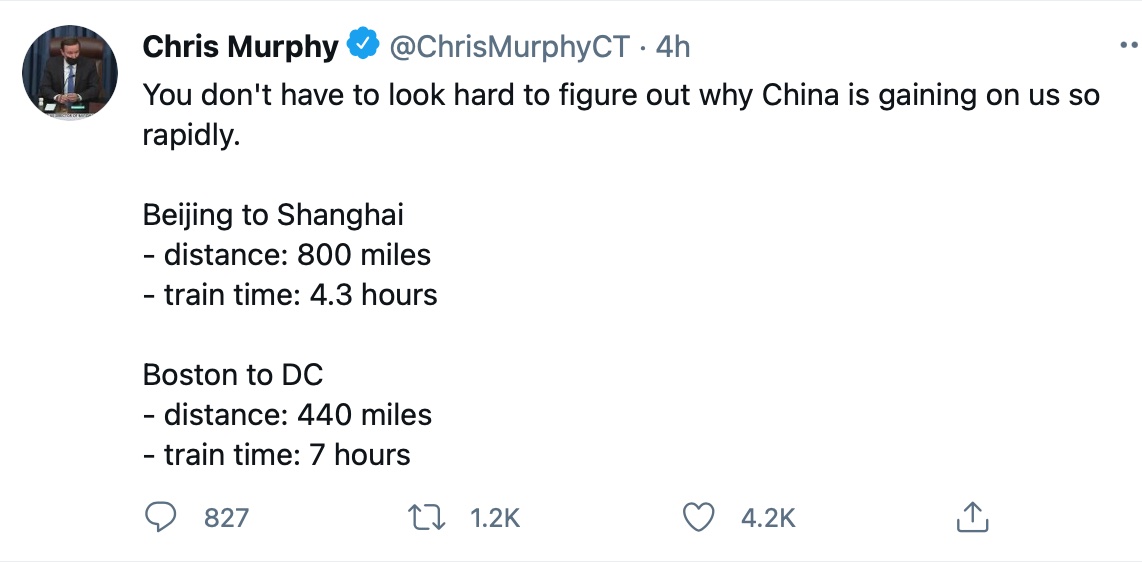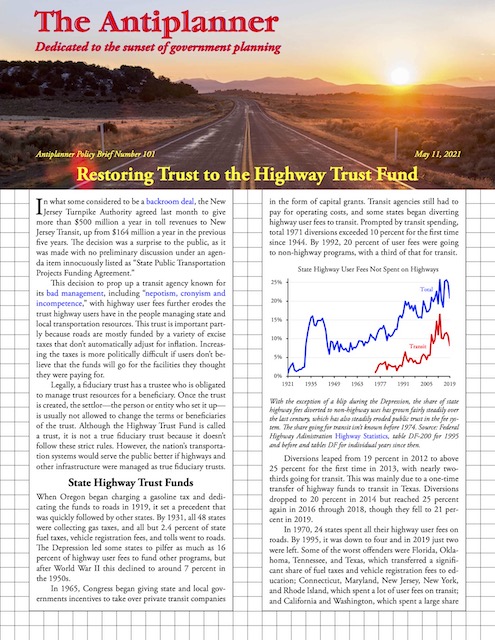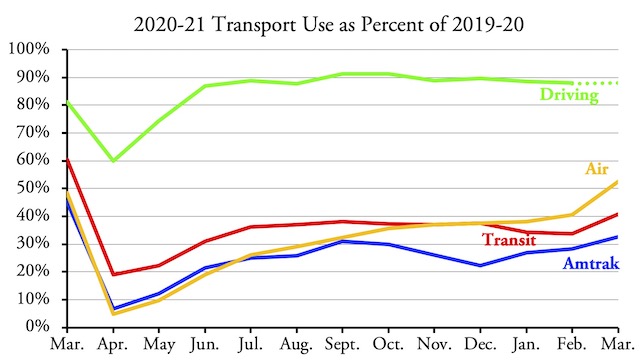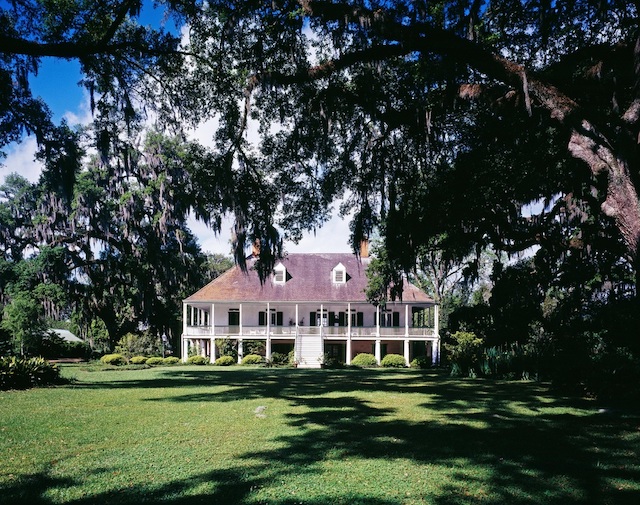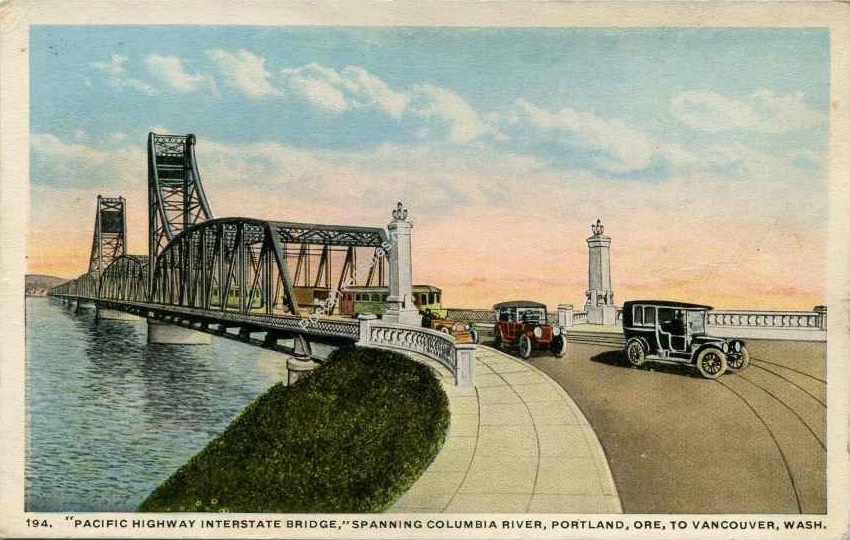CNN says that, with Biden’s proposal to give Amtrak $80 billion, “Amtrak’s moment may finally have arrived.” But what would it mean for Amtrak to have a “moment”? Would it mean that passenger trains return to once again become an important source of transportation, as they were in the 1920s? Or does it mean that Amtrak will get a lot more money for continuing to carry a trivial share of the nation’s passenger travel?
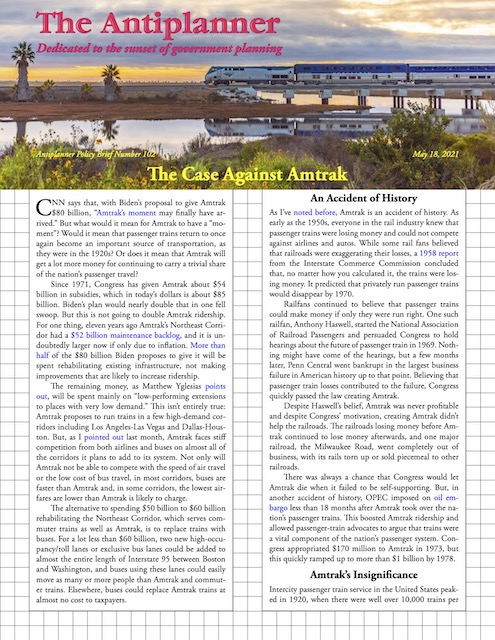 Click image to download a five-page PDF of this policy brief.
Click image to download a five-page PDF of this policy brief.
Since 1971, Congress has given Amtrak about $54 billion in subsidies, which in today’s dollars is about $85 billion. Biden’s plan would nearly double that in one fell swoop. But this is not going to double Amtrak ridership. For one thing, eleven years ago Amtrak’s Northeast Corridor had a $52 billion maintenance backlog, and it is undoubtedly larger now if only due to inflation. More than half of the $80 billion Biden proposes to give it will be spent rehabilitating existing infrastructure, not making improvements that are likely to increase ridership. Continue reading

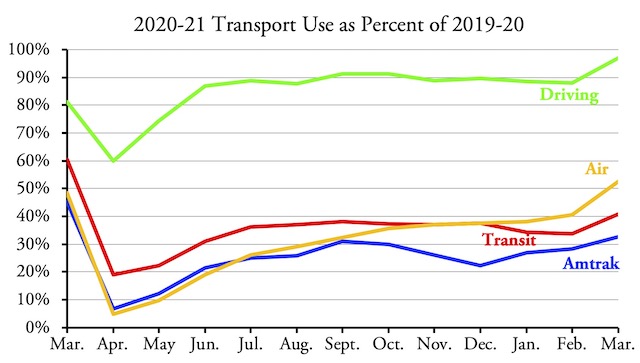
 Wheels that are too narrow will slip off tracks at joints like these, known as “frogs.”
Wheels that are too narrow will slip off tracks at joints like these, known as “frogs.” 